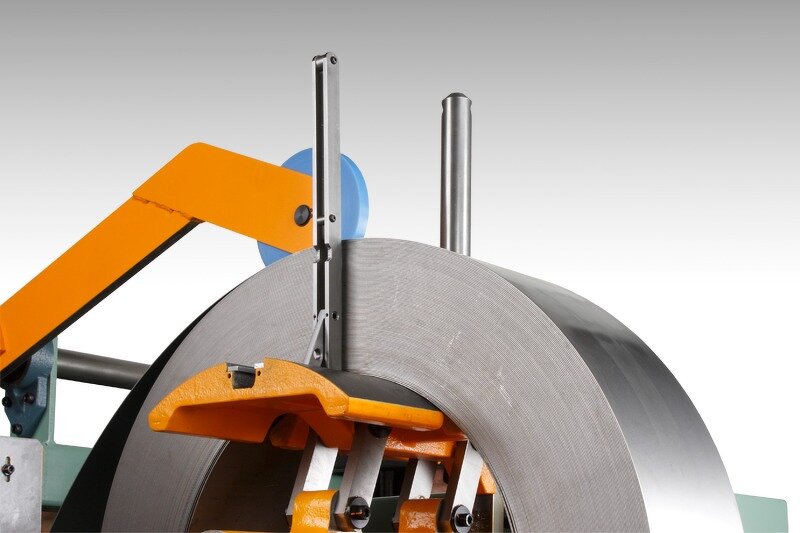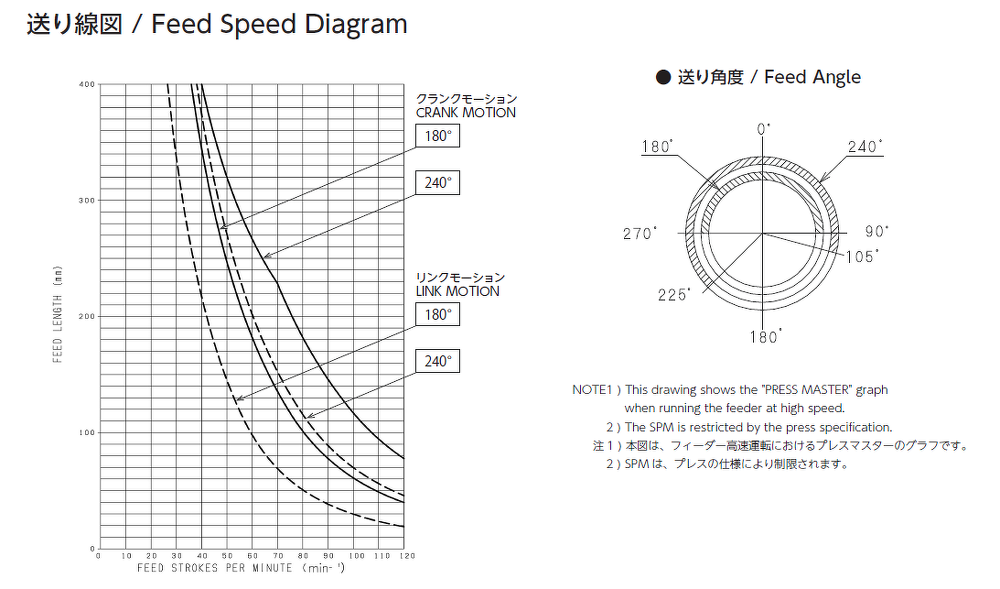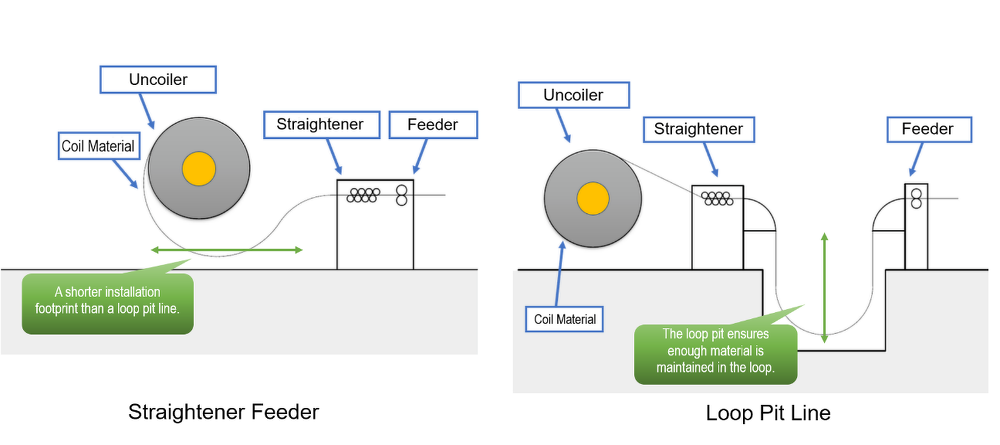
Should I Choose a Straightener Feeder or a Loop Pit Line? ~Productivity and Installation Conditions~
Hello!
This blog post continues our discussion of the subject "Should I Choose a Straightener Feeder or a Loop Pit Line?"
In our previous blog post we explained (1) Product Specifications (i.e., what kinds of products will you be making?)
In this blog post we will discuss how to make a selection based on (2) Productivity and (3) Installation Conditions.
(2)Comparing Productivity
First, productivity means 'how much production capacity you have per unit of time."
As previously explained, a straightener feeder is an integrated unit that includes a straightener section and a feeder section, and thus both the work rolls and the feed rolls are necessarily operated intermittently.
On the other hand, in the case of a loop pit line, the feeder is a stand-alone unit where only the feed rolls are in motion, and this means that it is able to do high-speed feeding compared to a straightener feeder.
And the production capacity is evaluated based on the feed length (which was discussing in the previous blog post about (1) Product Specifications) and on the strokes per minute (SPM).
Accordingly, if looking only at productivity, a loop pit line has the advantage.
The relationship between the feed length and the strokes per minute (SPM) is shown in the Feed Speed Diagram.

Feed Speed Diagram (Example: LFA-A Series)
(3)Comparing Installation Conditions
'Installation conditions' refer to 'how large the installation space is and whether foundation work is required.'
The line configuration will vary depending on the installation conditions.
In the case of a straightener feeder, the coil material is paid out by the uncoiler and a loop is formed just upstream of the straightener, and thus the line length will not be impacted by the thickness of the material.
Conversely, in the case of a loop pit line, the loop is formed after the coil set has been eliminated by the straightener, and thus a loop shape that is suited for the material thickness must be ensured, otherwise the material from which the coil set has been eliminated will again be subjected to plastic deformation.
Because of the loop shape and the unit design, a straightener feeder line will be shorter than a loop pit line.
In other words, a "space-saving installation is possible."
And especially when it comes to the material thickness, the thicker the material, the longer the loop forming area will be in a loop pit line.
Accordingly, straightener feeders tend to be chosen more often when dealing with thick materials.
And from the standpoint of operability, a straightener feeder is advantageous because it can be operated from a single location where each part of the straightener feeder can be visually monitored.
And if no coil cars are being used, a straightener feeder generally doesn't require a pit.
Accordingly, a straightener feeder has the advantage from the standpoint of the installation conditions.

Once a choice has been made....
Once you have determined the coil line type, the next step is to choose a model with a suitable capability.
One factor when choosing a model is the straightening capacity of the straightener.
This refers to the ability to straighten (flatten) the coiled material with a straightener before feeding it to the press.
The following Straightening Capacity Diagrams show the achievable straightening ranges based on the thickness and width of materials that have a yield strength where plastic deformation will begin.

Straightening Capacity Diagrams (Example: LFA-L Series)
Conclusion
We have now introduced straightener feeders and loop pit lines in three blog posts about "Should I Choose a Straightener Feeder or a Loop Pit Line?"
Did you find this helpful?
Please do not hesitate to contact AIDA if you have any questions.
